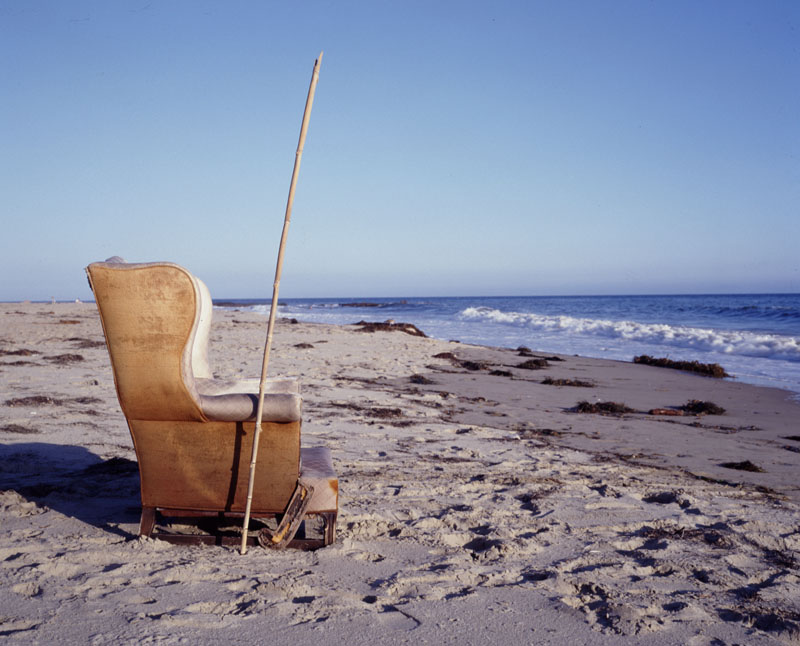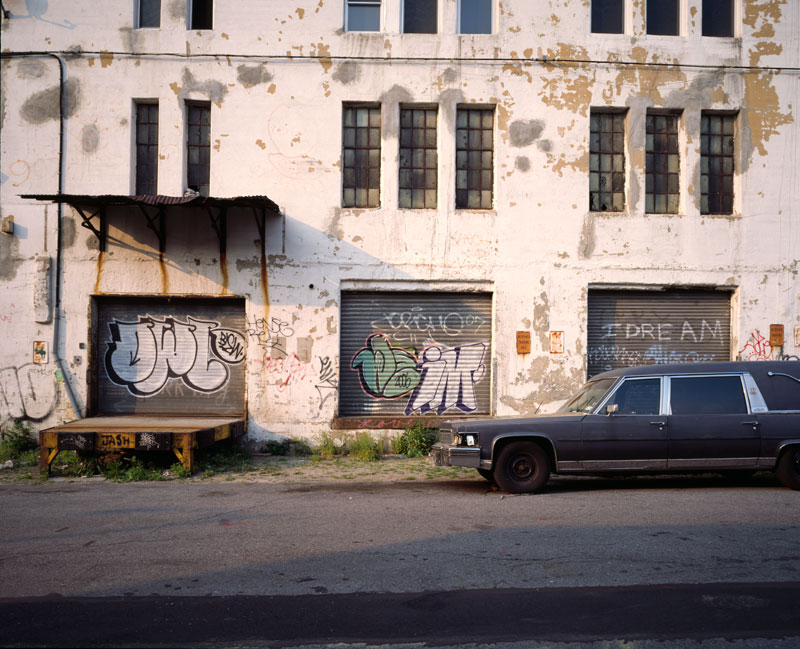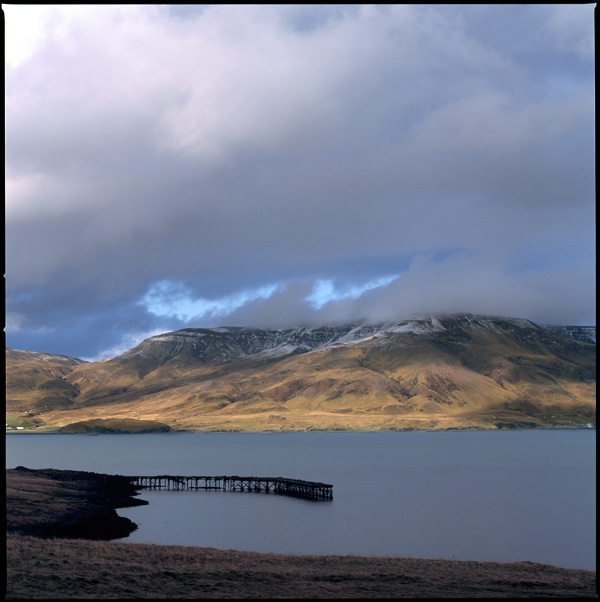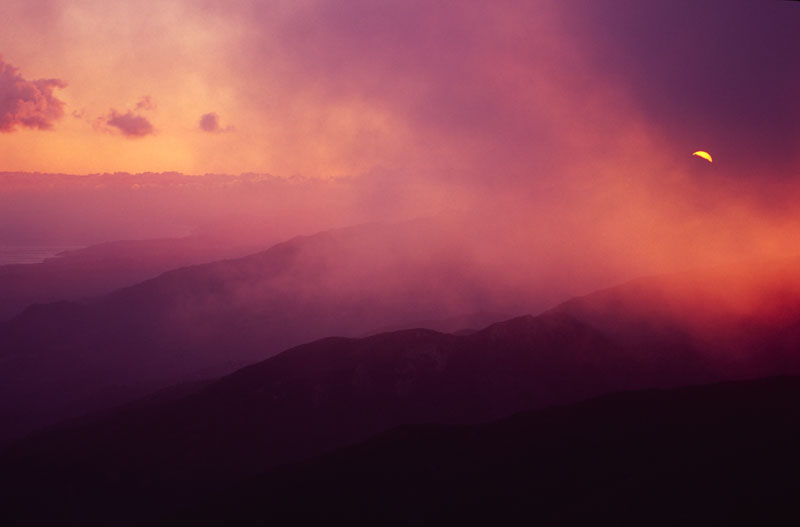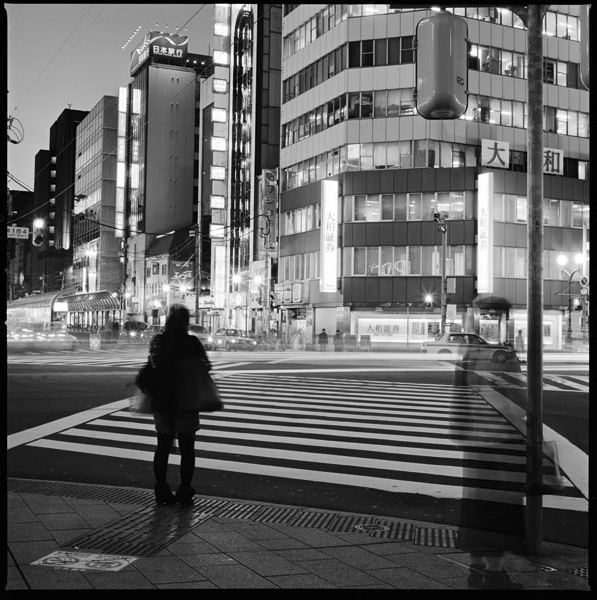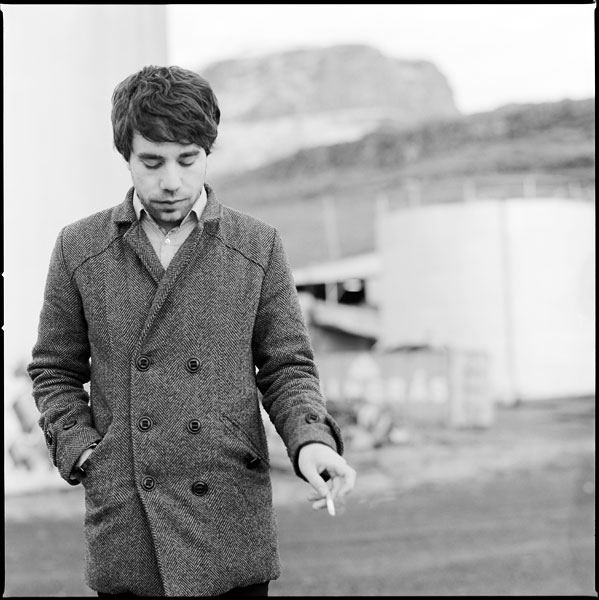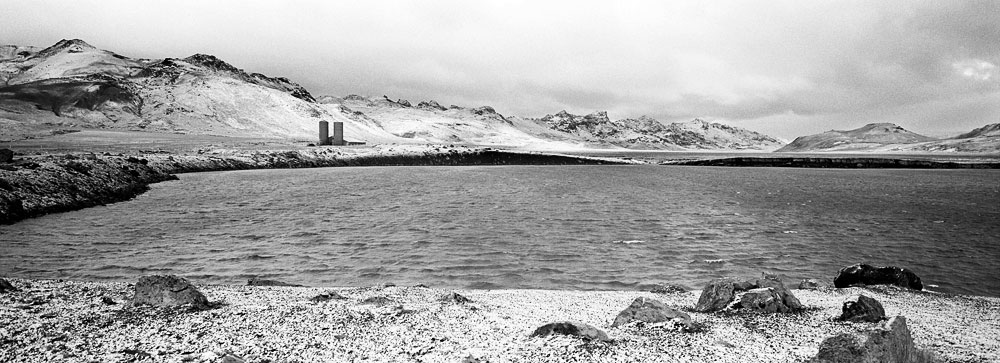Well, here are my general ideas...
EPP has natural colors, and low contrast, but it can be a bit bland...it also has larger grain than the latest generation of slide films. My favorite overall slide film is E100G -- it has natural, but saturated colors, good contrast and very fine grain. It is probably the closest current slide film to Kodachrome, though it has higher contrast and not quite the same look. Provia is Fuji's equivalent, which is also very good.
Astia is a slide film with lower contrast and good skin tones that is geared towards portraiture. It is closer to EPP.
EPN is dead neutral -- completely as your eye sees color. Strangely, no one shoots it except for catalogs etc.
In the 400 range, Provia 400X is the go to film -- very low grain for the speed, and a very versatile film.
Velvia has very saturated colors and high contrast. Fairly ruddy skin tones that are not very flattering. Extremely fine grain.
In my very subjective opinion, E100G is the best 100 speed slide film and Provia 400X is the best 400. Astia is my preferred slide film for portraits.
In black and white, I am partial to the Fuji films. Acros is extraordinary -- super fine grain, great tonality, and very easy to process. It also has no reciprocity correction up to 10 minutes or so. Neopan 400 is like tri-x with slightly finer grain -- still a very nice classic look. Tri-x is still great.
Here are some samples, though monitors and scanning can obviously change the look of things.
E100G:
Astia 100F:
Velvia 100:
Acros:
Neopan 400:
For anything faster, Neopan 1600 is the one to go for.



